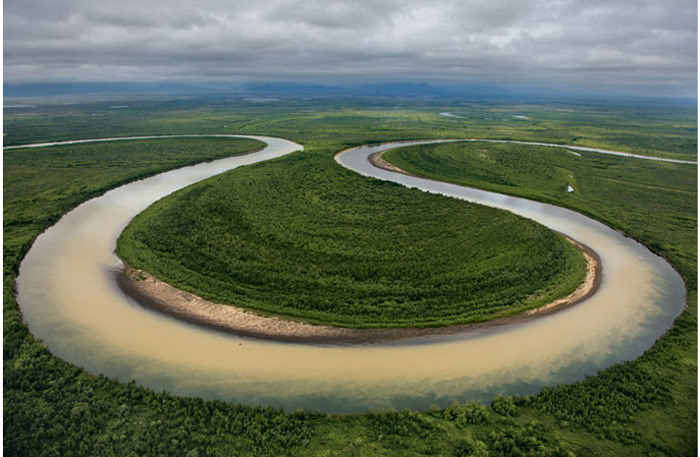Rivers flow freely even across plains, forming curves and loops we call meander. Yet sometimes a river carves itself a brand new channel and some of the meanders get separated somehow. These cut-off meanders are what we call ‘oxbow lakes.’ They are unconnected to the parent river but stay adjacent to it.
Once a river begins the curve, the steam of water starts to move rapidly outside the curve and slowly inside the curve. When this happens, the water cuts and destroys the outside of the curve and place the deposit inside the curve, forming banks on both sides.

Finally, the loop of the meander claims a diameter five times the width of the stream and the river then corps the loop by causing erosion by its neck. Herein, the river breaks through and creates a fresh path. Sediment is then placed at the loop side of the stream, cutting the loop from the stream ultimately. If you can notice, they already form a horseshoe-shaped lake completely detached from the meander. It is now called oxbow lakes from the original portrayal of the bow part of the yoke used by teams of oxen during the earlier times.
Oxbow lakes are lakes in their own name since no water flows in or out of the oxbow lakes. This body of water relies in rainfall and in over time can turn into swamps. More often than not, they dry up within years since they have been cut off from their parent river.
Other names of oxbow lakes are billabongs, cut-off lake, horseshoe lakeor loop lake.
